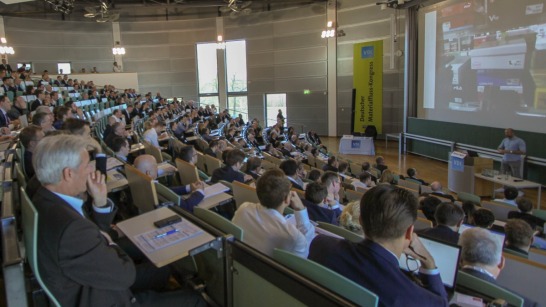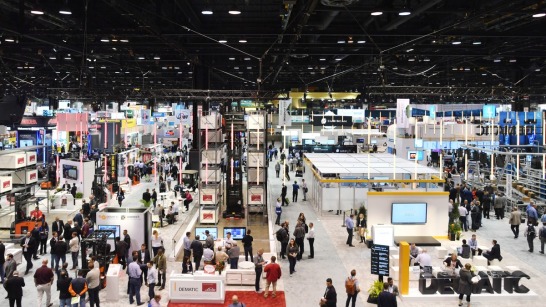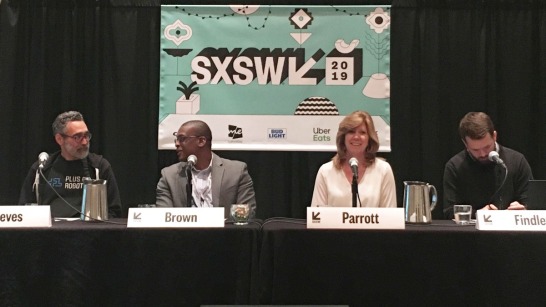“Intralogistics is a testing ground for innovative technology,” said Professor Johannes Fottner, Chair of Material Handling, Material Flow, and Logistics at the Technical University of Munich. The university is the long-standing host of the German Material Flow Forum organized by the Association of German Engineers (VDI), an event where scientists, manufacturers and customers meet to discuss the latest trends. And warehousing currently finds itself with many interesting trends: From artificial intelligence to machine learning and automation, almost any topic discussed in industrial circles or societal ones can be categorized as either ‘the future’ or ‘all hype’ and features prominently in the world of intralogistics.
This was apparent at the March forum, where scientists and engineers presented the latest research findings, intralogistics manufacturers promoted their new ideas and customers described the type of solutions they are looking for. Sometimes, all at same time, as was the case with QBIIK, an initiative where KION is also participating. QBIIK is a research partnership among universities and companies that aims to incorporate robotics into a picking platform. The autonomous iGo Neo truck from STILL provides the platform for a robotic arm. “This type of mobile robot on a mobile platform is the first of its kind,” said Jonathan Dziedzitz from the Karlsruhe Institute of Technology at the project’s presentation.




